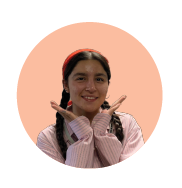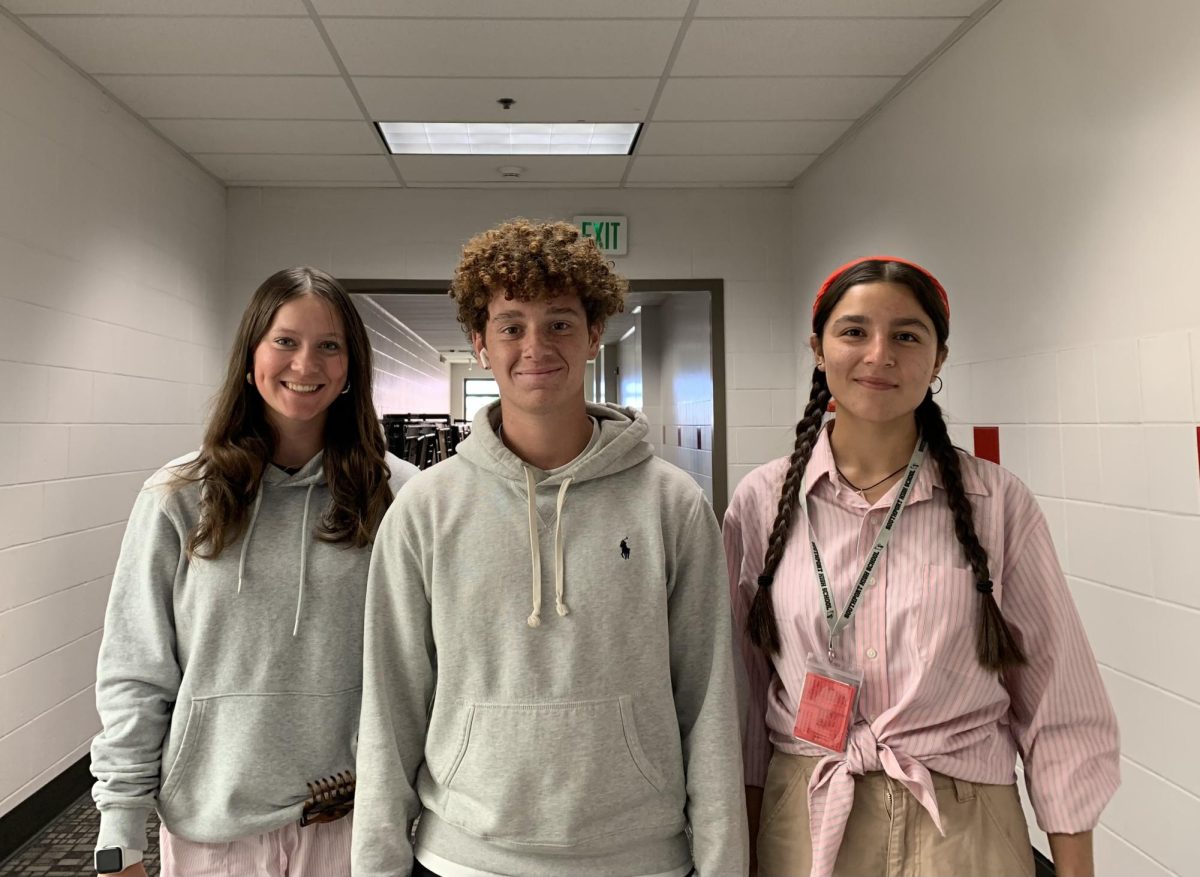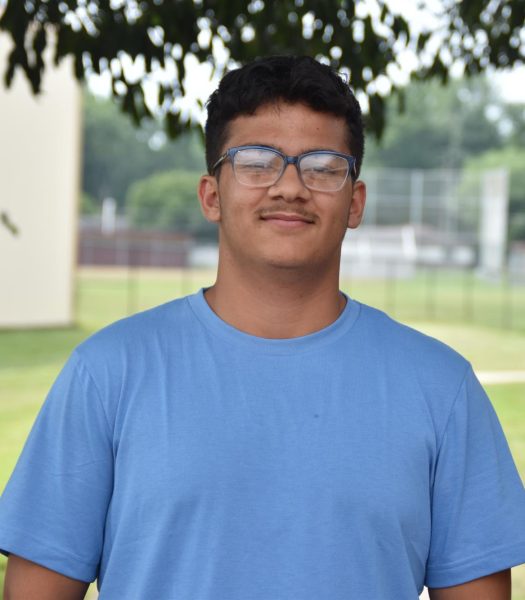A risk worth taking
Junior Oisha Tuichieva, an exchange student from Tajikistan, is exploring a new world of possibilities in the U.S. Leaving behind her sunny, mountainous homeland, Tuichieva chose

to surround herself with the American culture and education system.
Given this was a challenging decision to make for Tuichieva, it required a careful explanation to convince her parents that this change was needed.
Adjusting to life in the U.S. brought along various obstacles. Tuichieva initially experienced a culture shock when she noticed how the schools here are three times the size of schools back in her homeland.
Tuichieva found that one of the biggest differences she noticed in the U.S is that everyone tends to focus on their own interests. She was fascinated by how little the interactions between the students were.
“People in Southport are busier with themselves, with their work and minding their business,” Tuichieva said.
Despite all these challenges, Tuichieva has been adapting well.
“I think it will become better by the time,” Tuichieva said.
She tries her best to use the English skills she learned over time in the U.S. and chase her dreams.
A whole new world
Adele Kluessendorf, an exchange student from Germany, comes to the U.S. to seek new teachers, new people and something different from Germany. Coming from her village lifestyle to experiencing an urban city lifestyle was definitely a cultural shock.

Right now, she is taking five AP classes in her first semester and adding a sixth in the second one. Kluessendorf still manages, because she has way more time for each class in America.
“It’s very different here,” Kluessendorf said. “You have more time to work on your classes. Back in Germany, you had up to 13 classes per week.”
She says that it’s overwhelming, but Germany was something on a different level.
Classes weren’t the only difference in her day-to-day routine. One of the things that Kluessendorf noticed is that Southport is way bigger than an average school in Germany. Unlike her hometown, Kluessendorf observed that not everyone is acquainted with one another.
She was also unaccustomed to everyone being of similar age.
She explained that here in America, high schools have a maximum of a four year difference. Back in Germany, you would find kids as young as 10 years old being in the same school as students who are 18 years old.
Kluessendorf found her experience at SHS to be flexible and characterized by diversity.
“My French teacher told me to put my name on the paper and I get four points. You would never see something like that in Germany,” Kluessendorf said.
Despite the many changes, Kluessendorf is adjusting well to the rich mix of cultures she sees in the U.S.
Through his eyes
Junior Enrico Bonfiglio, an exchange student from Italy, comes to SHS to experience “the big schools they talk about in Europe.” 
Bonfiglio’s curiosity drove him to come and see first-hand what it is like to study abroad in America.
Bonfiglio loves the idea of school sports and plans to play soccer for SHS. He also wants to try lacrosse, a sport he’s not entirely familiar with. He states how he had to join a soccer club in Italy.
As Bonfiglio dives deeper into American culture, he discovers the strong presence of student diversity in the U.S. In Italy, most students at his school were Italian as well.
Bonfiglio explains how in Italy, different types of schools specify specific subjects and how he went to a scientific school focusing on science, physics and math.
Bonfiglio expresses how the classes and lessons here at SHS are simpler than the classes he takes back home.
“The lessons is more easier than Italy, but that is a good thing for me,” Bonfiglio said.
Despite these differences, Bonfiglio has adapted well and feels comfortable in his new environment.



